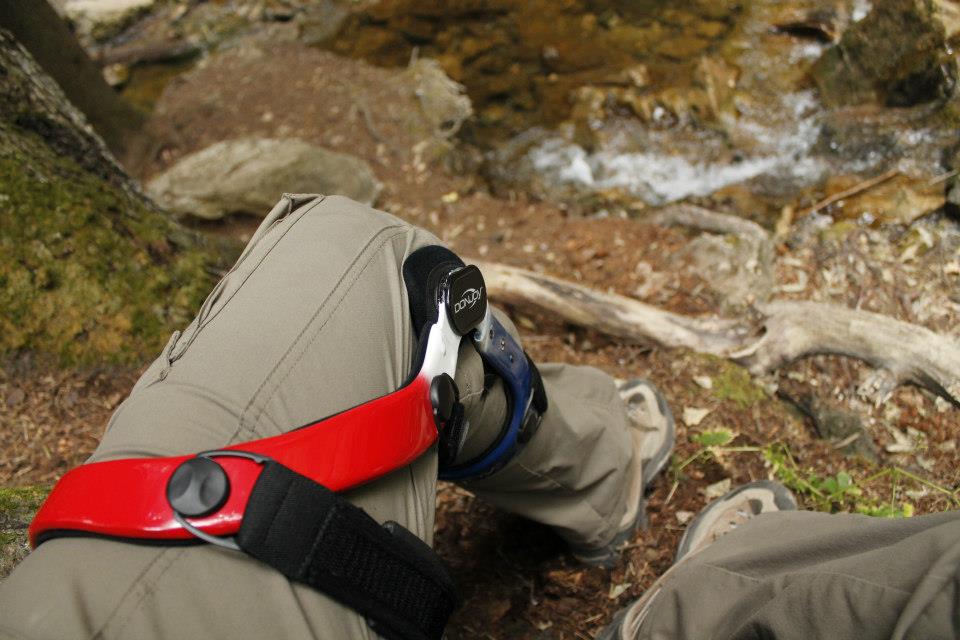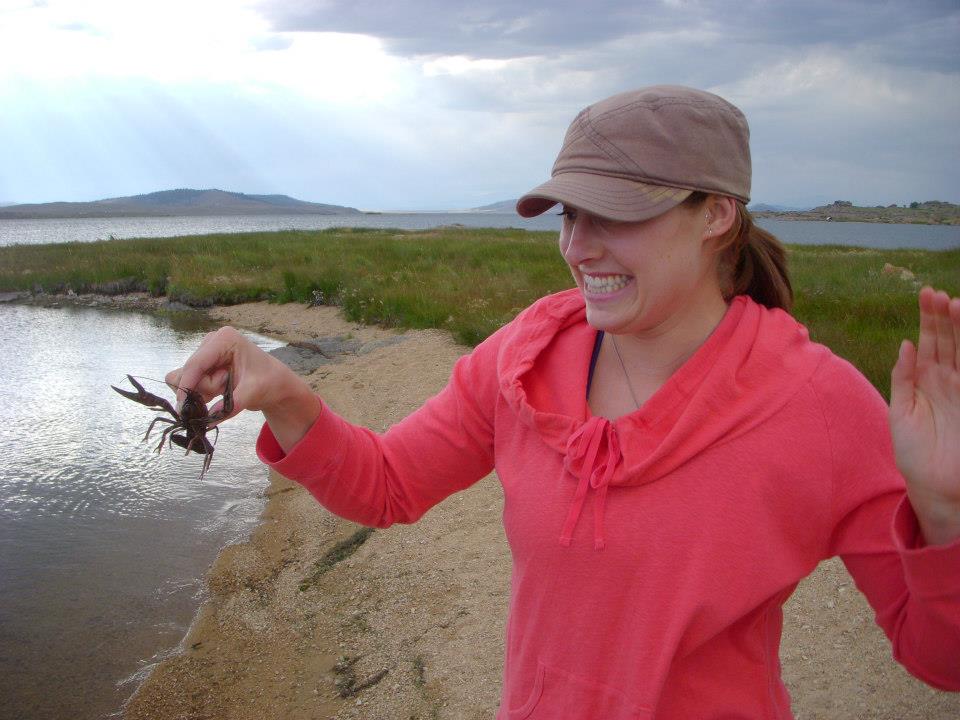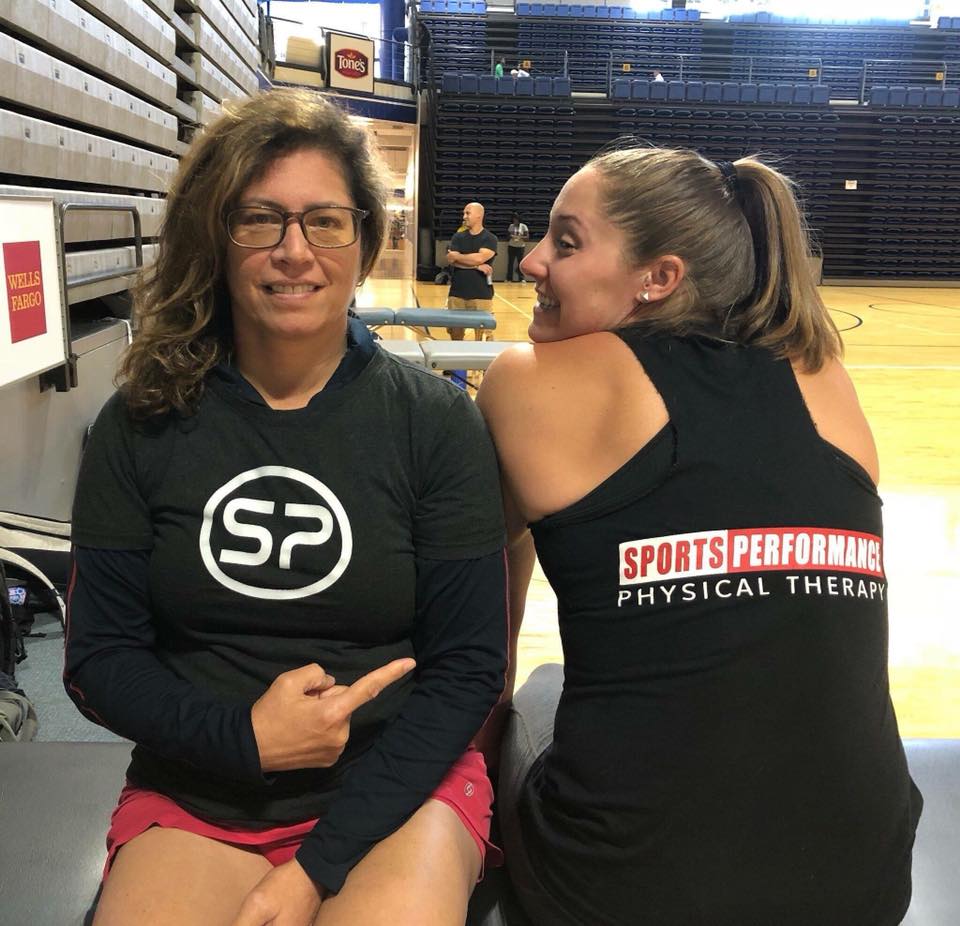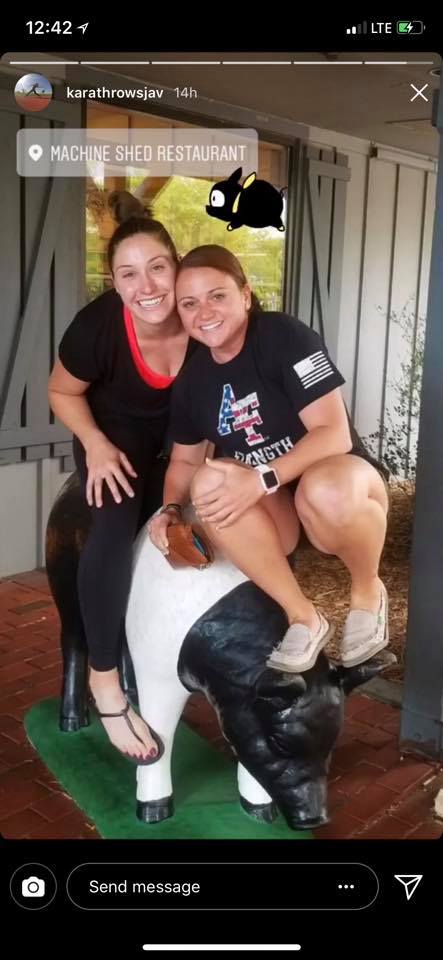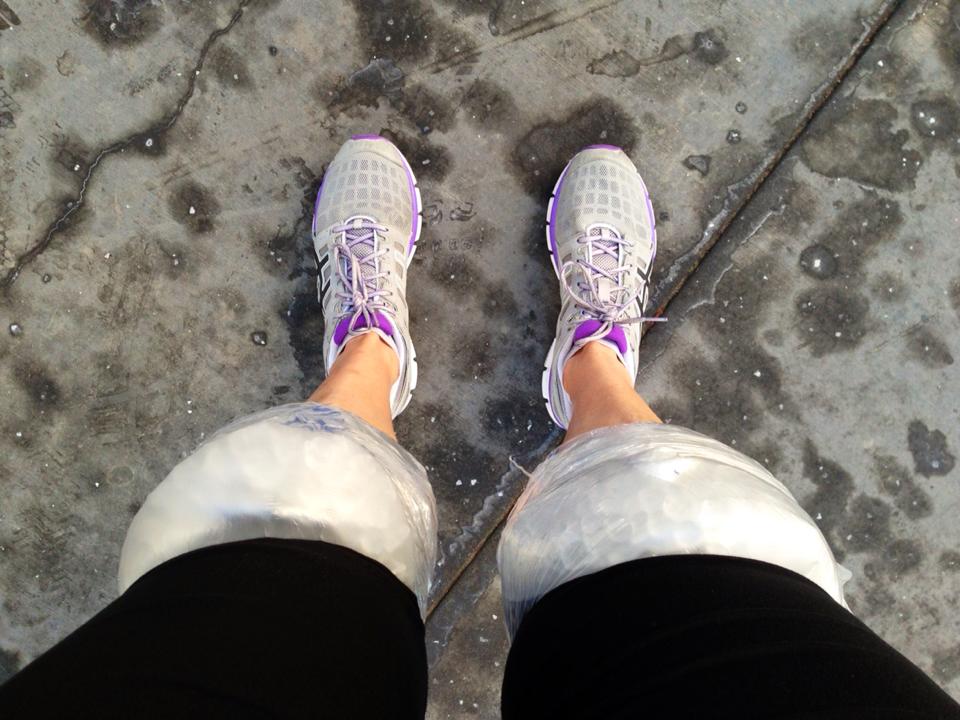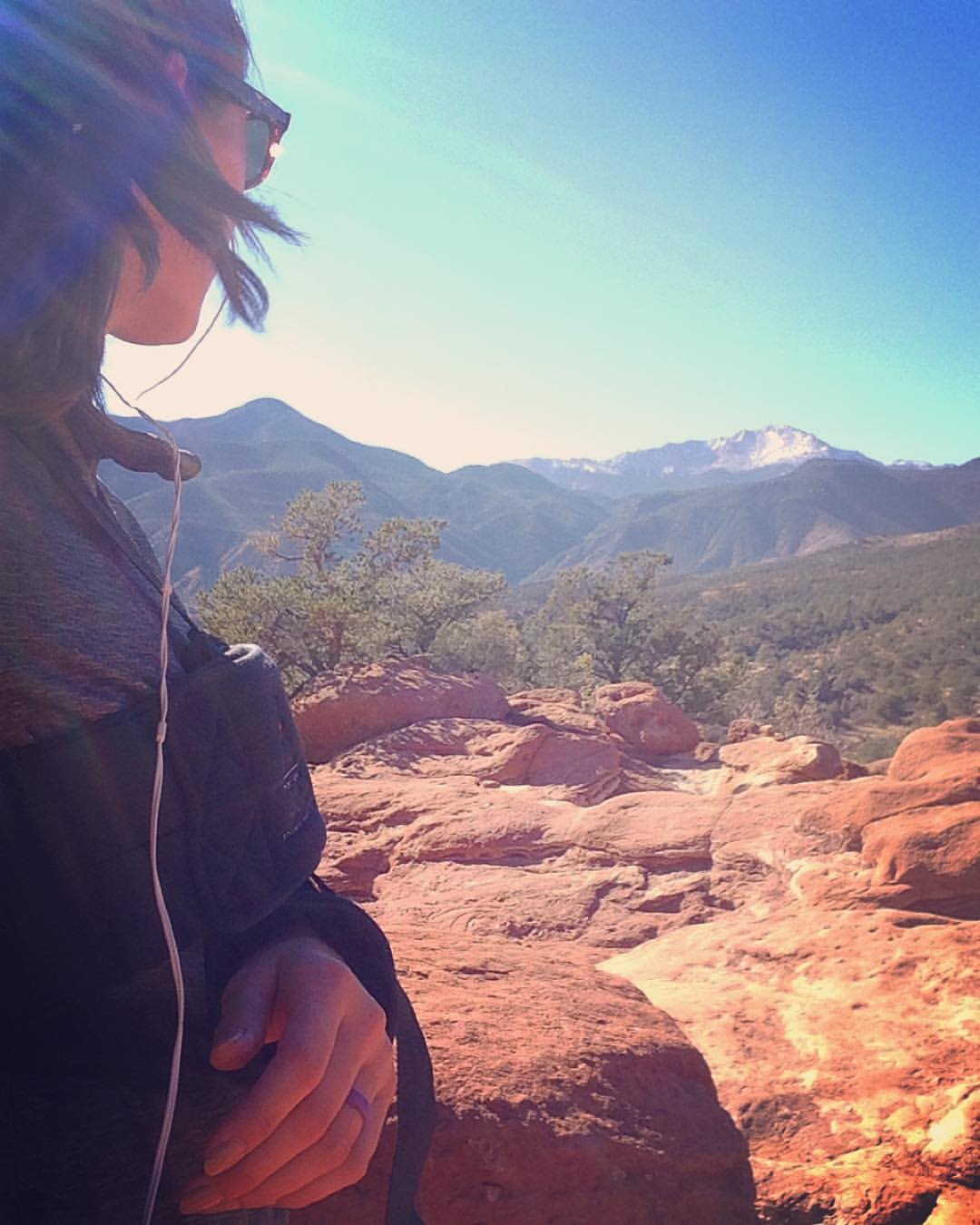People tend to talk about an athlete’s performance before injury, how they got injured, and then jump all the way forward to when that person has returned to glory. There’s a lot in between that you don’t get to hear enough about if you hope to be well-prepared for the tough road ahead.
When you do get injured (I’m so, so, so sorry), even if you’ve done everything in your power to prevent it from happening, it’s tough. In 2007, I developed a stress fracture in my back that ended my season before it started. Before that point, I hadn’t focused at all on keeping my lower back safe in the throw, and thousands of repetitions later, it almost broke. I was in college classes and had wonderful friends, sure, but my main identity at that point was “javelin thrower.” I didn’t make the best decisions (drank my Calories that semester), got the worst grades of my life, and was just generally a mess for about four months. I healed a lot that summer through family time, falling completely and totally for my future husband, and just removing myself from the environment that I’d gotten injured in. I had to have a major reset before I could go back and eventually make my first Olympic Team in 2008. When I tore my ACL in 2012, I promised myself I’d approach the injury in a more positive way. Here are the hard lessons I’ve learned in how to approach surgery or a major injury and the subsequent rehab.
1. Get a life.
What makes you, you outside of your sport? You’re about to have some extra free time to explore other areas of your life. I applied for the USOC/DeVry University’s scholarship program in the Fall of 2012 (after my knee surgery), and cried the day I learned I’d been accepted and would be pursuing an MBA. My emotions about that program really freaked me out at first, but I realized eventually that I had been *only* a javelin thrower for three years at that point, and deep down I’d been craving something else in my life. I’m thrilled to have realized through that injury that it’s possible to pursue goals in multiple areas of life at once. I also started a year-long photography project that January 1. Whatever moves you, let yourself explore it during an injury period. You can rest your body while you expand your mind.
Related to this is enjoying life as much as possible before you’re entirely focused on healing. Russ and I hiked and camped for a solid month before my knee surgery in 2012. Those are treasured memories outside with him, and looking at the pictures from that trip motivated me during my rehab. I wanted to get back out there.
2. Assemble your team.
Who can best help you succeed? Rest a full recovery from injury does not make. I watch far too many people just wait to feel better. Put your physical therapy/doctor/perhaps sports psychology team in place before you have your surgery/are ready to take the rehabilitation steps. Do your research, trust your gut, and choose people who will help you work hard to be even better than you were before your setback.
One of the questions I got about this blog was, “Is it true you were on a bike the day after your surgery?” in reference to my ACL surgery. Chris Garcia, one of my favorite PTs on the planet, was absolutely essential in my recovery, and continues to be a confidence booster for me through hard work in my twice-yearly or more visits to Sports Performance Physical Therapy. He put me on a stationary bike one day post-op, and while I didn’t cycle all the way around until about a week later, that activity so quickly after my first major surgery shocked me into realizing that I didn’t have time to feel sorry for myself, and I’m incredibly grateful for that gift. (Once the range-of-motion stuff started later in the session, I felt a little sorry for myself again, but those difficult steps are just as important.)
Your support system is a huge part of returning to sport as your best you. People who believe in your abilities as an athlete will help you plan to succeed. Having loved ones to commiserate with on the hard days is important. Choose people who will empower you to face this journey bravely: Those who would hold your hand every step of the way do not have your best interests in mind. Key players on your team are essential. Ultimately though, your recovery is up to you…
3. Do what you can with what you’ve got.
What can you work on that doesn’t involve your injured parts? I started upper body lifting in the second week after my ACL surgery, and my focus that entire year was improving my bench press and pullovers (lifts I had historically been weak in). I did up to 900 seated medball throws per week that year. After my left shoulder surgery in 2015, Jamie programmed heavy sled pulls for my lower body lifting until I could use the safety bar for squats. I stayed in my sling for safety and pulled that sled at a walk for weeks in all directions. I ran never-ending stadiums after I broke my arm. If your throwing shoulder or elbow is injured, you are absolutely able to keep your core and legs strong. A little creativity, a lot of communication with the people who are watching over your healing, and some asking for help in the weight room mean you can be stronger than ever in other areas of your body when you jump back into sport. Rehab time when you have supervision is for your actual injury, but there is a TON you can do to stay sharp with the rest of your body during normal training hours. Just be smart about it.
Two specific questions I got via Instagram:
“I have an elbow pains during and some after throws what should I do to heal it quickly?”
Forget about focusing on healing quickly: Shift your focus to healing correctly. There is absolutely no reason to rush it.
“Currently I’m out with a shoulder injury and I’m not allowed to throw for four weeks, if not more. What do you recommend to not lose the technique, because I’m not allowed to even lift up my arm really so I can’t even just practice my steps with a jav or with my arm up. Any recommended exercises or drills?”
Like I said, there is a TON you can work on technique-wise with your lower body. Controlling the javelin within technique is obviously important to throwing far, but if you can’t do that, don’t do that. I’ve done countless crossovers while pulling a sled. Work on block leg stability, both in a javelin-specific way and from a rehabilitation standpoint (balance work, theraband work, etc.). Get creative and remember how much you CAN do.
4. Be patient. Also celebrate.
Things worth doing take time! Surgeries and the processes that go on inside your body to heal from them are actually amazing. An ACL bone-patella-bone graft (what I had) is a chunk of tendon with two chunks of bone on either end that the surgeon inserts into the middle of your knee at a specific angle. Then, over time, your body lays down new tissue to turn that tendon into a ligament (anterior cruciate ligament, ya know). AMAZING. Those processes, and the ones for any other major injury, take specific amounts of time for your incredible body to heal. Patiently allow them to happen. If you rush, you just risk re-injury and annoying the people who are trying to help you (read: heartache and disappointment all around). Take the opportunity to develop new habits as far as treating your body well goes: Employ recovery methods like stretching, cryotherapy or what have you every day. Be diligent about the exercises you’re allowed to do. Some days will be terrible, but there is ALWAYS a little victory to be had in each day. If you balanced on one leg for 5 more seconds or felt your shoulder blade move correctly for the first time, even if it’s weak, celebrate. Little daily victories pile up, and make the process a lot more enjoyable than constant complaints.
Throughout an injury, just remember that you are an athlete, even though you’re an injured one. It’s easy to feel like your identity is suddenly stripped from you, but maybe find a new one, and when it’s time to test your athletic ability again, trust that it won’t have magically left your body during your healing process. Recognize the time you have to spend with loved ones or pursue other interests during an injury, and be grateful for those new experiences. Gratitude is powerful, and so are you.
Specific questions about specific injuries belong in another kind of blog post, so please be patient with me! Part three of this series will finally discuss how to return from injury. Stay tuned!
